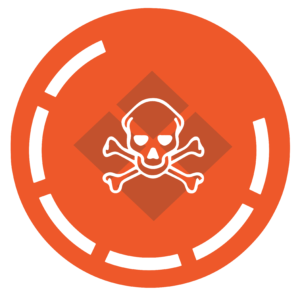The Safety of Lithium-Ion Batteries with Regard to Public Transportation, How Lithium-Ion Batteries Work and Their Potential Risks
What are Lithium-Ion Batteries?
Lithium-ion batteries are used to charge electronic devices for our everyday use. These include such modern conveniences as electric cars, cell phones, and laptops. lithium-ion batteries are used because they are light to carry, rechargeable, and can retain power for some time.
As a source of reliable power supply, Lithium-Ion batteries have become the best option in conserving energy.
However, it is evident that:
- Some of them have design flaws.
- They are prone to damages when not used correctly.
- They have been restricted in aircraft, which carry passengers.
How do They Work
How Safe are They?
The major fails of lithium-ion batteries that have been seen in cases related to design flaws, where the intended flow of the internal process did work correctly.
In other instances, stress events can cause common failures. For example, when you find that the battery is reacting to overheating or charging in very low temperatures. This affects the battery’s programming and can lead to malfunctions such as device explosions.
Because of this, there has been a ban placed on the transportation of lithium ion batteries in aircraft that carry passengers. For more information on this, you can explore the IATA guidelines here.
Check back weekly for informative posts about everything from handling dangerous goods in your home, to hazmat related national news!
Take control of your Hazmat transport that can assure you transparency from the port to your destination nationwide, request a free quote today and discover your hazmat logistics solution.
Article Sources:
- https://en.wikipedia.org/wiki/Lithium_battery
- https://www.iata.org/whatwedo/cargo/dgr/Pages/lithium-batteries.aspx
- https://www.energy.gov/eere/articles/how-does-lithium-ion-battery-work

